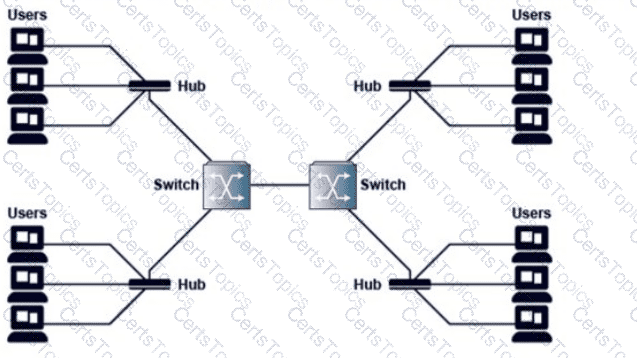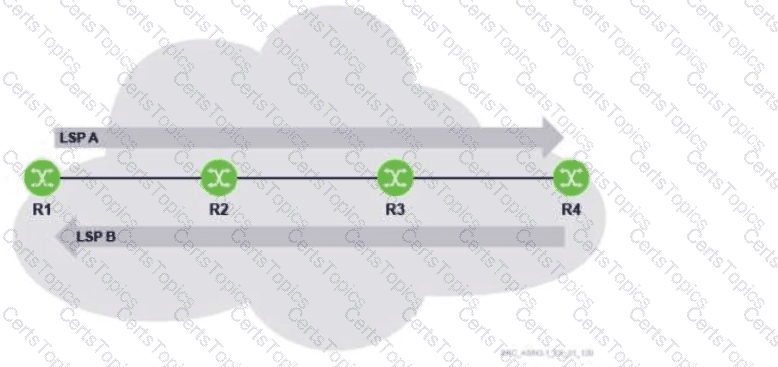Where would you expect to find a P router in a service provider's network?
Which of the following is a function of the Link layer?
How does address summarization reduce the routing table size?
Which tier of Internet service providers provides transit services to other ISPs?
Which compact flash on a control processing module (CPM) of a Nokia 7750 SR stores the runtime software image and the configuration file?

An Ethernet Local Area Network (LAN) consists of the components shown in the diagram. Assuming there are no VLANs, how many broadcast domains are on this LAN?
Which of the following is a characteristic of Link State protocols?
Which of the following Nokia 7750 SR components is NOT part of the data plane?
Which of the following statements about ICMP functions is FALSE?
In MAC address 00-20-60-CE-2B-28, which part is the Organisationally Unique Identifier (OUI)?
Which of the MPLS routers is responsible for pushing new labels for LSP A and LSP B?
